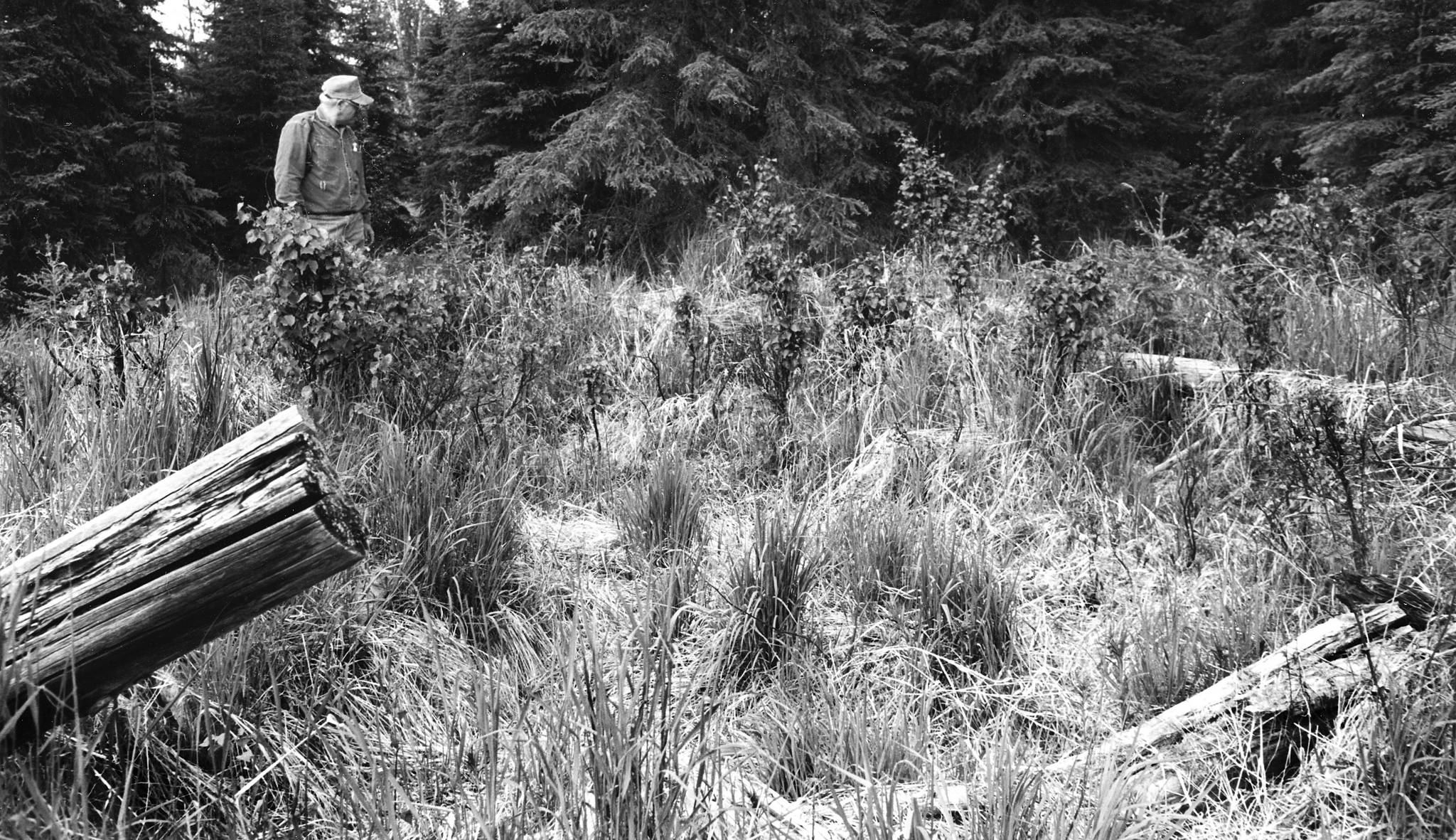EDITOR’S NOTE: This is the second part of a two-part story about the Kings County Mining Company’s expedition to the Kenai Peninsula in 1898. Part One explained that the Brooklyn-based company, hoping originally to mine in the Klondike, had been forced to change its plans after its well-outfitted ship, the Agate, was delayed sailing around South America. Now the approximately 60 members of the company were hoping to sail into Sunrise and strike it rich.
But it was not to be.
According to Alaska’s No. 1 Guide, by Catherine Cassidy and Gary Titus, the captain of the Agate, “apparently intimidated by the prospect of navigating Cook Inlet … convinced the group that Sunrise was easily reached overland from Kachemak Bay.” Therefore, on Oct. 16, he deposited the entire company and its “mountain of supplies” on the base of what is now called the Homer Spit.
In 1898, there were coal miners living and working in Coal Bay, on the inside of the Spit, but little else resembling civilization was evident. Today’s city of Homer simply did not exist, nor did roads or bridges or accommodations of any sort. The members of the mining company—including some women and possibly some children—were on their own.
So they headed generally north, according to Cassidy and Titus, “cutting a trail and ferrying their belongings with packboards and handmade wheelbarrows. Besides a large quantity of foodstuffs, such as casks of flour and bacon, they had all of their mining equipment, including pans, picks, shovels and sledges.”
By early November, they had reached a coal-mining operation at McNeil Canyon (now about Mile 12 of East End Road). There, on Nov. 10, they amended their company constitution and bylaws, naming new officers and a new board of trustees, and trudged onward.
They walked the beach to the head of Kachemak Bay, then traveled up the west side of the Fox River drainage and over to Tustumena Lake. Around the eastern end of the lake, they ascended the Birch Creek drainage to reach the benchlands between Tustumena and Skilak lakes. After crossing the Killey River, they made their way to the south shore of Skilak Lake and decided they could go no further.
It was winter. They hastily built cabins along a stream that is now known as King County Creek, and hunkered down.
In the spring, they gave up.
According to Cassidy and Titus, they dissolved their company charter and built boats to carry them downstream to Kenai. Most of them found their way back to the East Coast, no fortunes in their pockets, no mining done at all. And for years afterward, trappers using the miners’ cross-country trail “found caches of equipment and food which the hapless group had abandoned along the way.”
But there is a coda to this tale.
Enter Hjalmar Anderson, who along with his wife Jessie, homesteaded Caribou Island in Skilak Lake in 1924. According to mid-1970s documentation from longtime early Homer resident Yule Kilcher, Anderson discovered the last remaining cabin on King County Creek in the 1920s and found inside part of a diary and the mining company’s 1898 constitution and bylaws.
Anderson rescued the legal document, reported Kilcher, but left the remains of the diary because it had been “used as fire kindling by Army Officers during World War I who were using the cabin as quarters.” Anderson bequeathed the document to Kilcher, and in 1976 Kilcher donated it to Homer’s Pratt Museum.
Kilcher also told the museum that at least three members of the mining company had remained in Alaska, although the exact number is difficult to pin down. According to Cassidy and Titus, it was two: Carl Petterson, who settled in Kenai and married Matrona Demidoff; and Herman Stelter, who was documented living and mining in the Kenai River canyon in the 1910s. The phrase “Stelter’s Ranch” can still be seen on old topographic maps of the area.
In her History of Mining on the Kenai Peninsula, Alaska, Mary J. Barry suggests there may have been at least one more man who stayed, although she names none of them. Likely it was Thomas P. Weatherell, who in November 1898 had been as the mining company’s new vice-president.
Kilcher said that one of the men had moved to Talkeetna. In a history of Talkeetna by Coleen Mielke, she describes Weatherell, born in either 1869 or 1871, as “a bachelor from New York” who was the Talkeetna postmaster from 1918 to 1927.
As for the Agate, it was sold and added to the West Coast salmon-fishing fleet, according to a news brief in the March 1900 issue of the San Francisco Call.
And 53 members of the dissolved mining company, finding themselves without gold and most of their investment, filed lawsuits that in 1903 ended up before the New York Supreme Court. The court demanded that former company treasurer, Henry W. Rozell, provide all financial records pertaining to company assets and expenses, including the sale of the Agate.
• By Clark Fair, For the Peninsula Clarion

